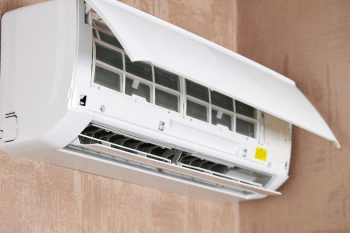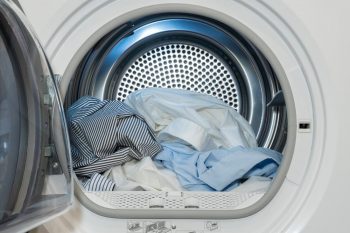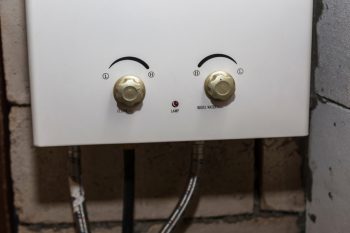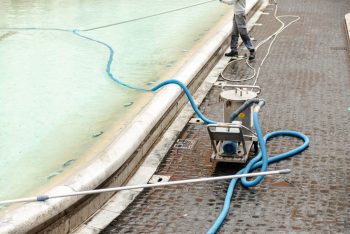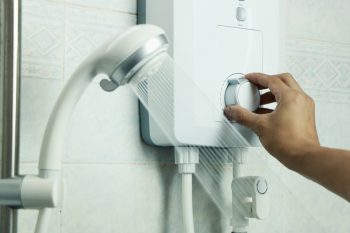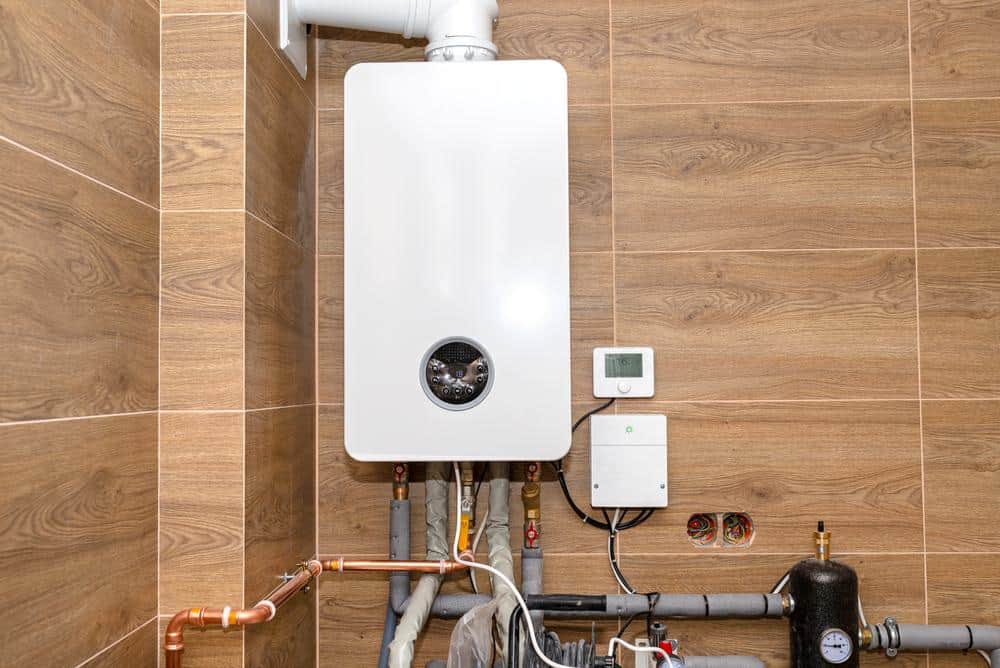
In the world of home appliances, terminology can often be confusing. This is especially true for a device as essential as the water heater. You may have heard various terms being used to describe a water heater that doesn’t use a storage tank and wondered if they all refer to the same thing. If so, you’re not alone.
In this in-depth guide, we’ll explore the various names for a tankless water heater, their origins, and why they’re used interchangeably. Whether you’re a homeowner looking to upgrade your water heating system, a professional in the industry, or simply curious, this article is designed to provide a comprehensive understanding of the subject.
A tankless water heater is known by several names, including a demand-type water heater, instantaneous water heater, continuous flow water heater, inline water heater, flash water heater, on-demand water heater, and instant-on water heater. These names all refer to the same type of appliance that heats water instantly as it flows through the device, without the need for a storage tank.
The Many Names of a Tankless Water Heater
Tankless water heaters are known by several names, including:
- Demand-type water heater
- Instantaneous water heater
- Continuous flow water heater
- Inline water heater
- Flash water heater
- On-demand water heater
- Instant-on water heater
These names all refer to the same type of appliance – one that heats water instantly as it flows through the device, without retaining any water internally except for what is in the heat exchanger coil.
The Origins of These Names
These various names have evolved over time as the technology and its applications have developed. The term “tankless” became popular in the early 1970s, especially in Europe and Asia, where these heaters were used as point-of-use water heaters for both gas and electric applications.
The first electric tankless water heater was invented by Stiebel-Eltron in 1929. It used a series of tubes running through electric elements to heat only the amount of water needed for a particular purpose. The bath heater was one of the first instantaneous types of water heaters.
As the technology continued to evolve, the names for these water heaters also changed, reflecting their various features and applications.
Regional Variations
There are regional variations in what tankless water heaters are called. In some regions, they are referred to as “demand-type water heaters” or “instantaneous water heaters”. These terms are used interchangeably with “tankless water heaters” and refer to the same type of appliance that heats water without the need for a storage tank.
Unique Names for Specific Brands or Models
There are several brands and models of tankless water heaters with unique names. Some popular brands include Noritz, Navien, Rinnai, Takagi, and Rheem. Here are some specific models from these brands:
- Noritz EZ Series (e.g., Noritz EZTR40, Noritz EZTR50)
- Navien NPE-2 Series (e.g., Navien NPE-240A2, Navien NPE-210A2)
- Navien NPN Series (e.g., Navien NPN-U, Navien NPN-E)
- Rinnai RU199iN Tankless Water Heater
- Rinnai V53DeP Tankless Water Heater
- Takagi T-H3-DV-N Tankless Water Heater
- Rheem Prestige Tankless Water Heater
- Ecosmart ECO 24 Tankless Water Heater
- Stiebel Eltron Tankless Water Heater
How Does a Tankless Water Heater Work?
Regardless of what it’s called, a tankless water heater works by heating water directly without the use of a storage tank. When a hot water tap is turned on, cold water travels through a pipe into the unit. Either a gas burner or an electric element heats the water. As a result, tankless water heaters deliver a constant supply of hot water. You don’t need to wait for a storage tank to fill up with enough hot water.
In conclusion, while the names may vary, they all refer to the same efficient, space-saving, and increasingly popular home appliance. The key is to understand that whether it’s called a tankless, on-demand, or instantaneous water heater, they all offer the same benefits of providing hot water exactly when you need it.
Frequently Asked Questions
What is the difference between a tankless water heater and a traditional water heater?
The main difference between a tankless and traditional water heater is the method of water heating. Traditional water heaters heat and store a large amount of water in a tank, which is continuously heated to maintain a set temperature. On the other hand, a tankless water heater heats water on-demand as it flows through the device, resulting in energy savings and a continuous supply of hot water.
Are there any disadvantages to using a tankless water heater?
While tankless water heaters have many advantages, they also have some disadvantages. They typically have a higher upfront cost than traditional water heaters, and they may require a larger gas line or a higher capacity electrical circuit. Additionally, if you have a large household and simultaneous hot water needs (like running the dishwasher and taking a shower at the same time), you may need more than one tankless water heater.
How long does a tankless water heater typically last?
A tankless water heater typically lasts longer than a traditional water heater. On average, a tankless water heater can last about 20 years, while a traditional water heater usually lasts about 10-15 years. However, the lifespan of a water heater can vary based on factors such as usage, maintenance, water quality, and the specific model.
Are tankless water heaters environmentally friendly?
Yes, tankless water heaters are considered more environmentally friendly than traditional water heaters. They are more energy-efficient because they only heat water as needed, reducing energy consumption. Additionally, because they have a longer lifespan, they result in less waste in landfills.
Can I install a tankless water heater myself?
While it’s possible to install a tankless water heater yourself, it’s usually recommended to hire a professional. Installation of a tankless water heater can involve adjusting plumbing, installing a new gas line or electrical circuit, and handling potentially dangerous elements like natural gas or electricity. A professional can ensure the installation is done safely and correctly.



